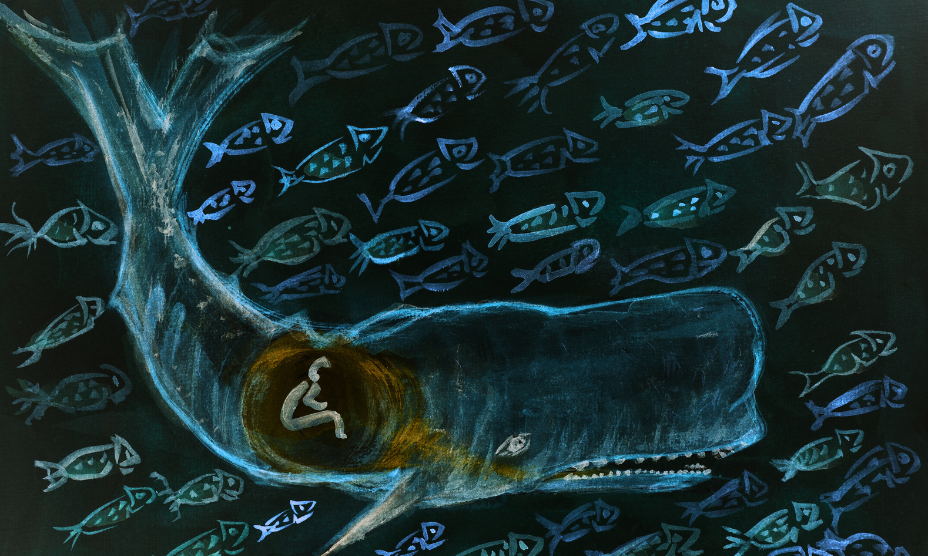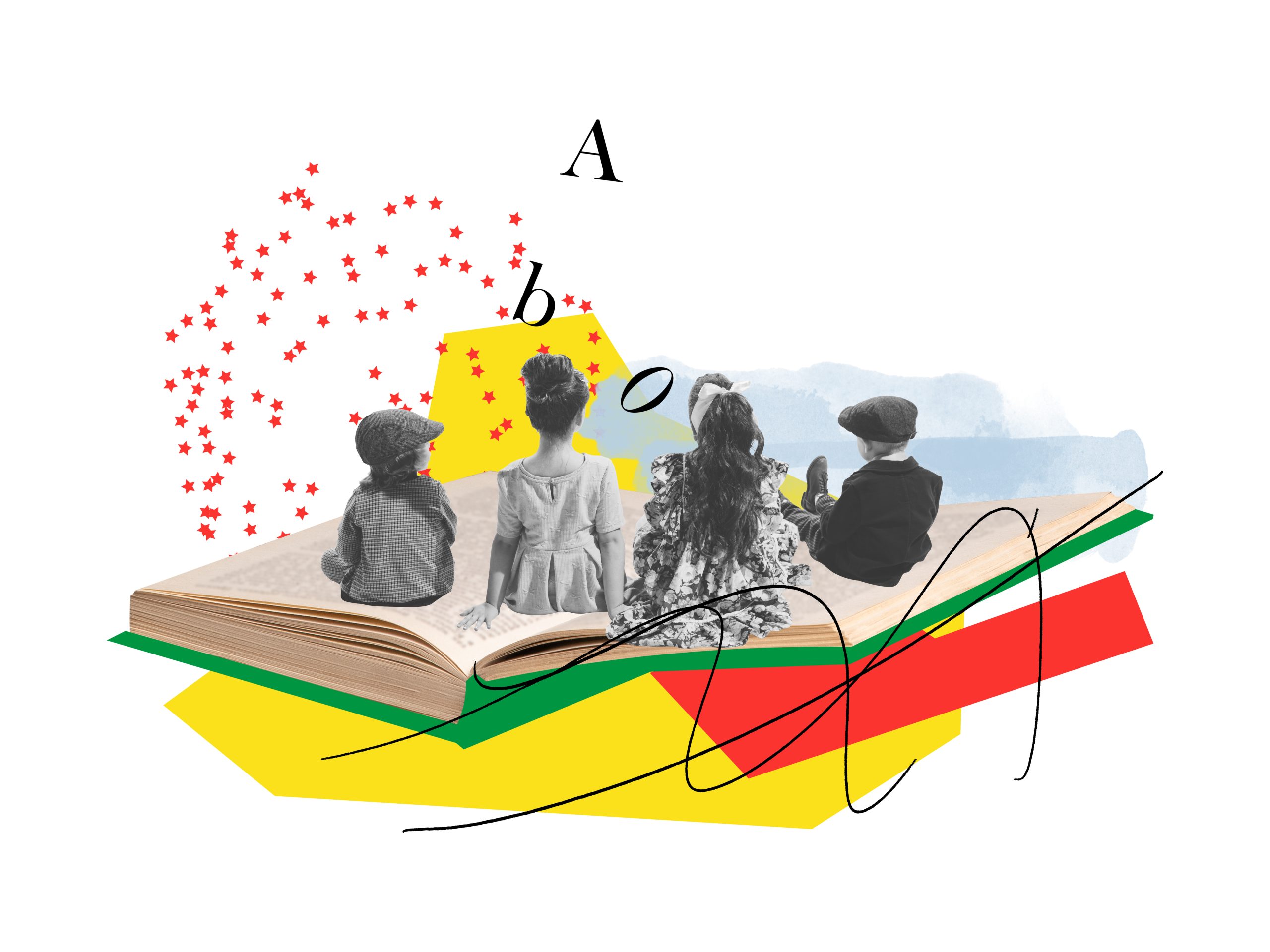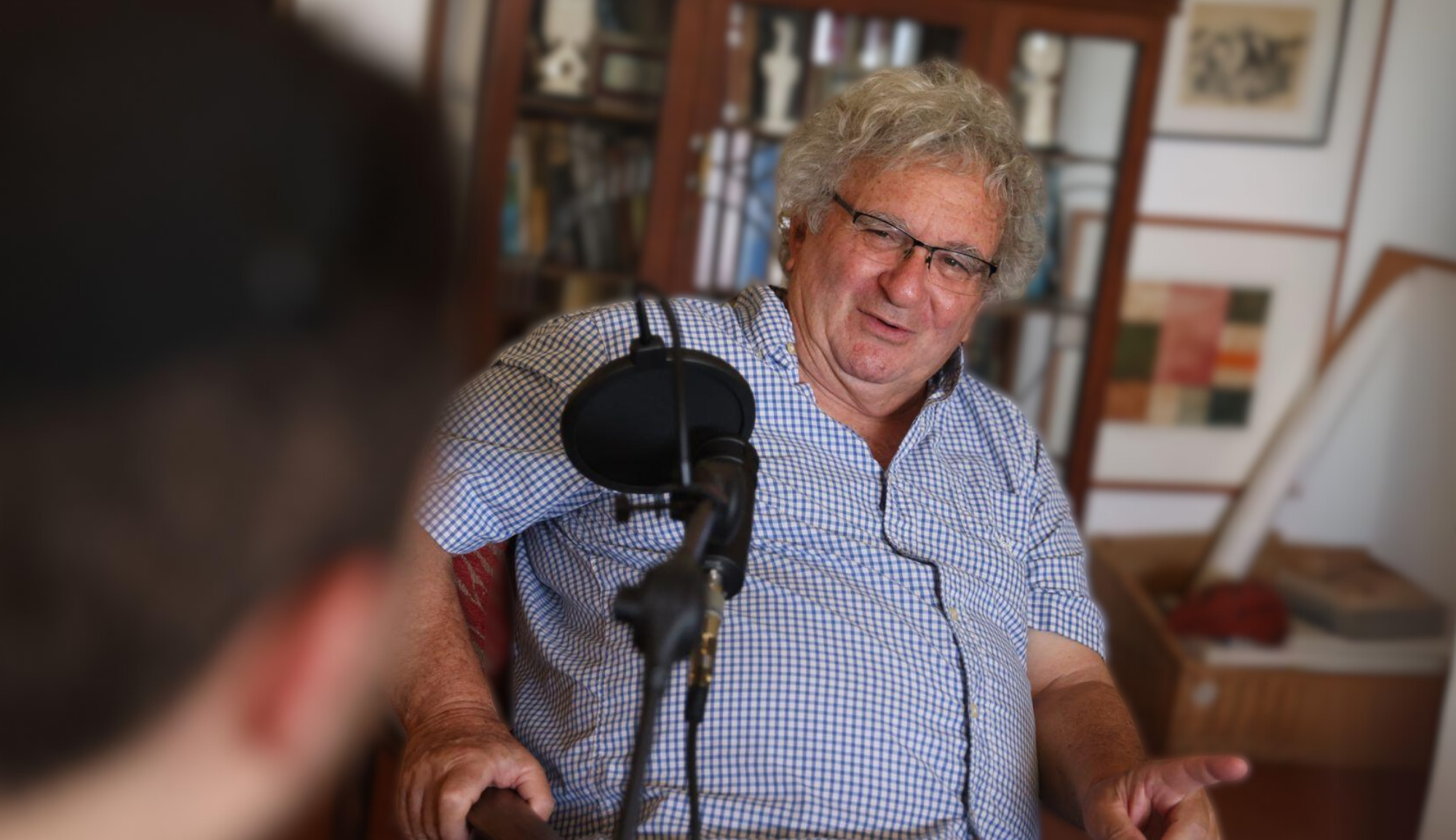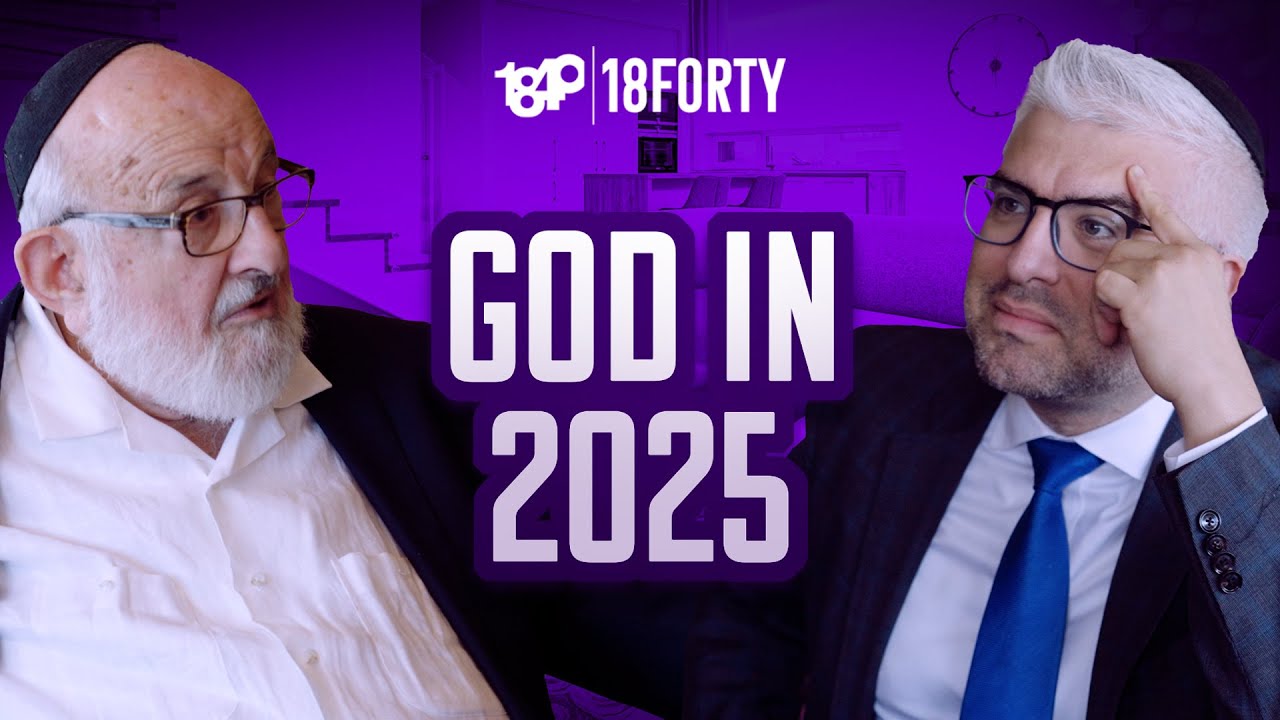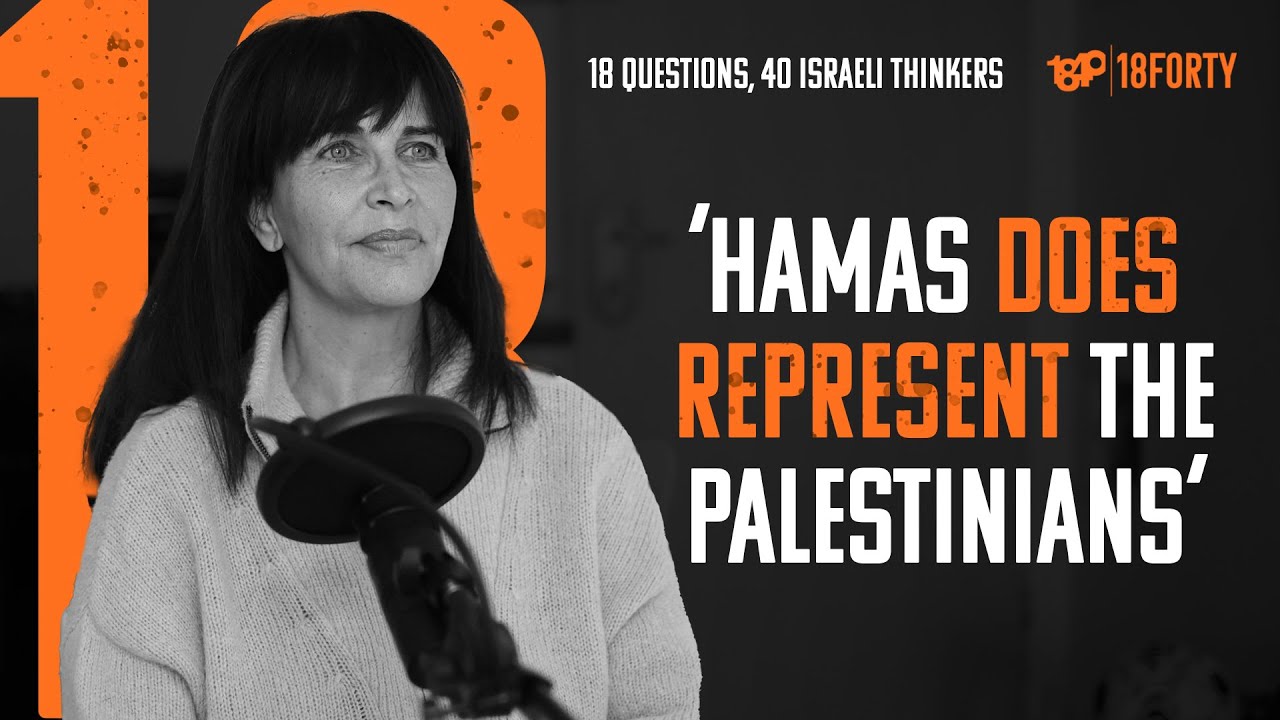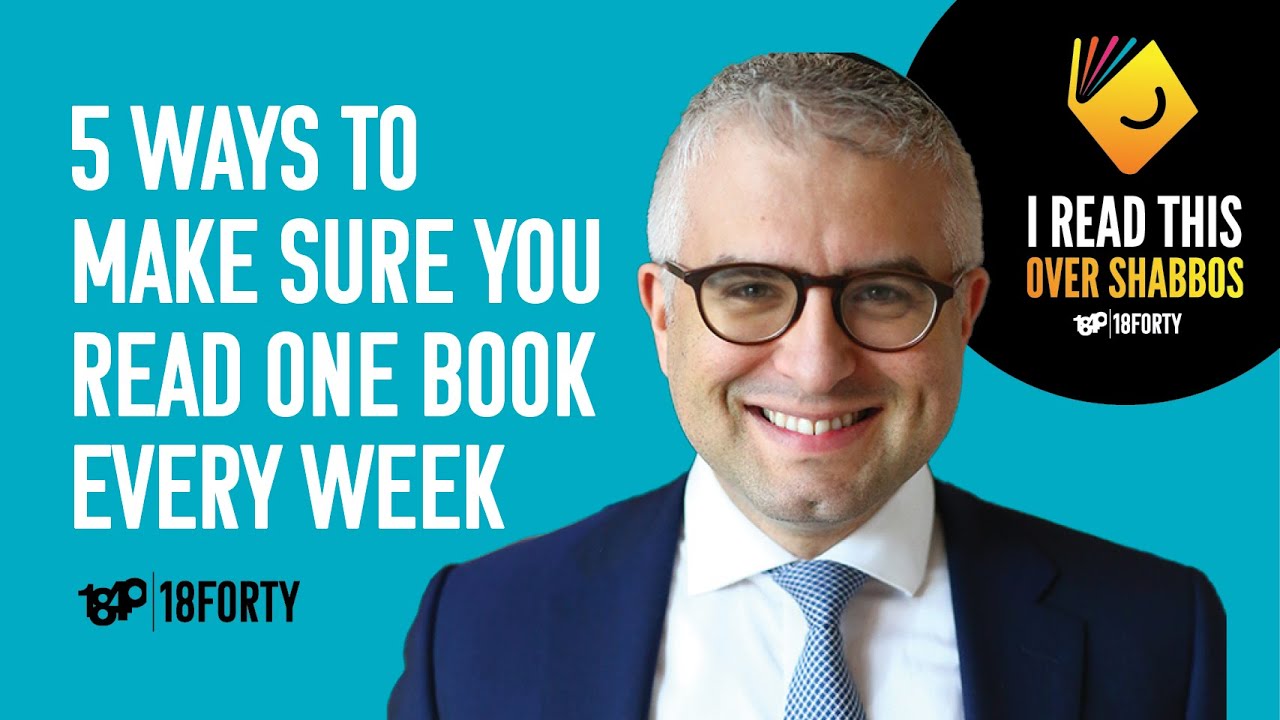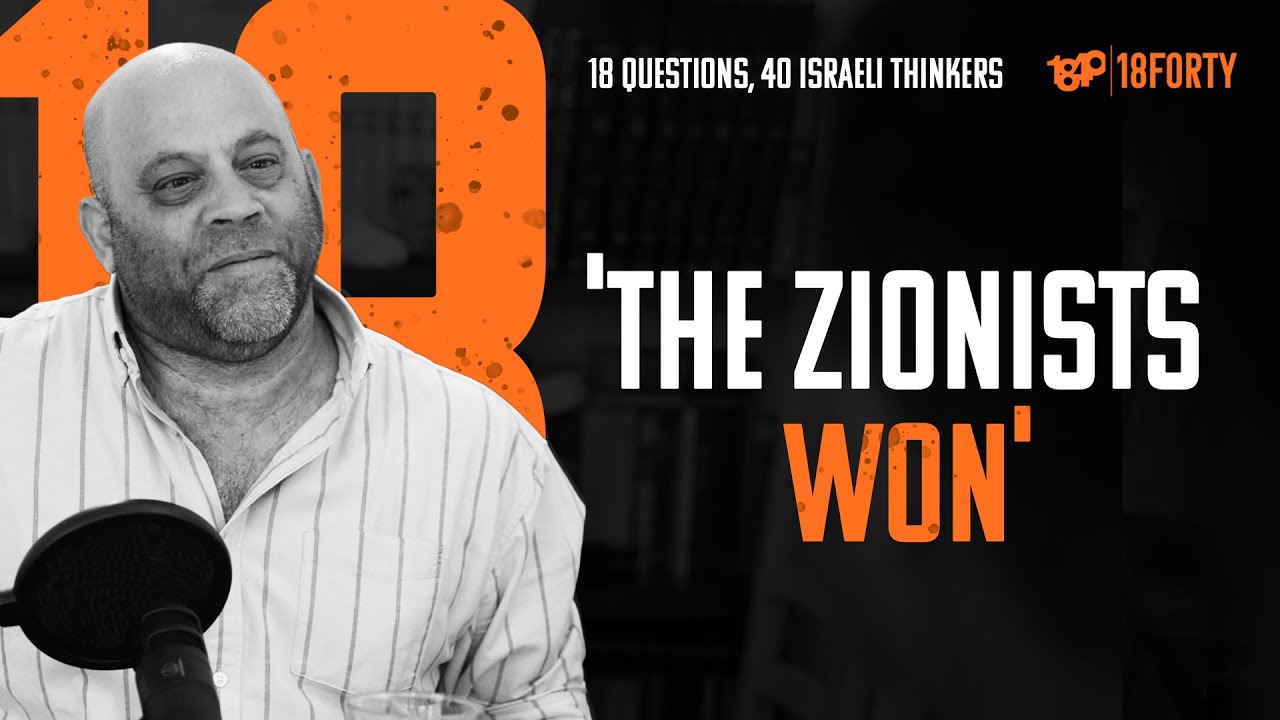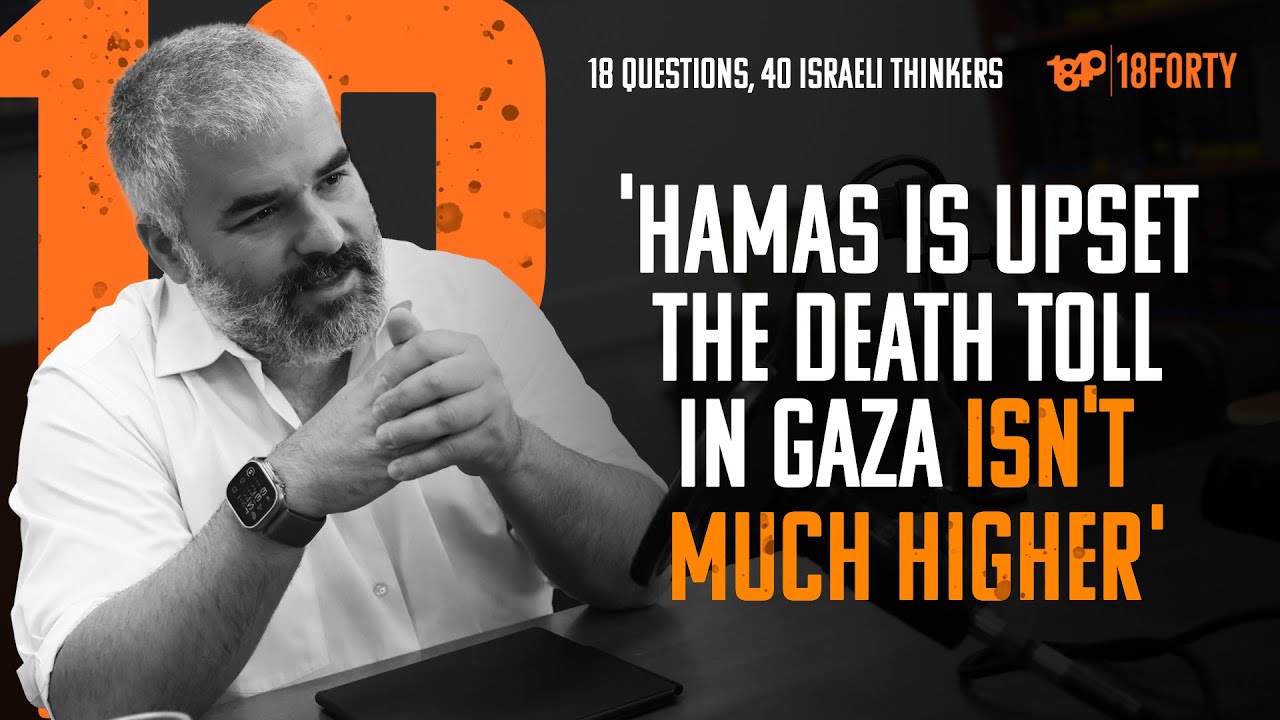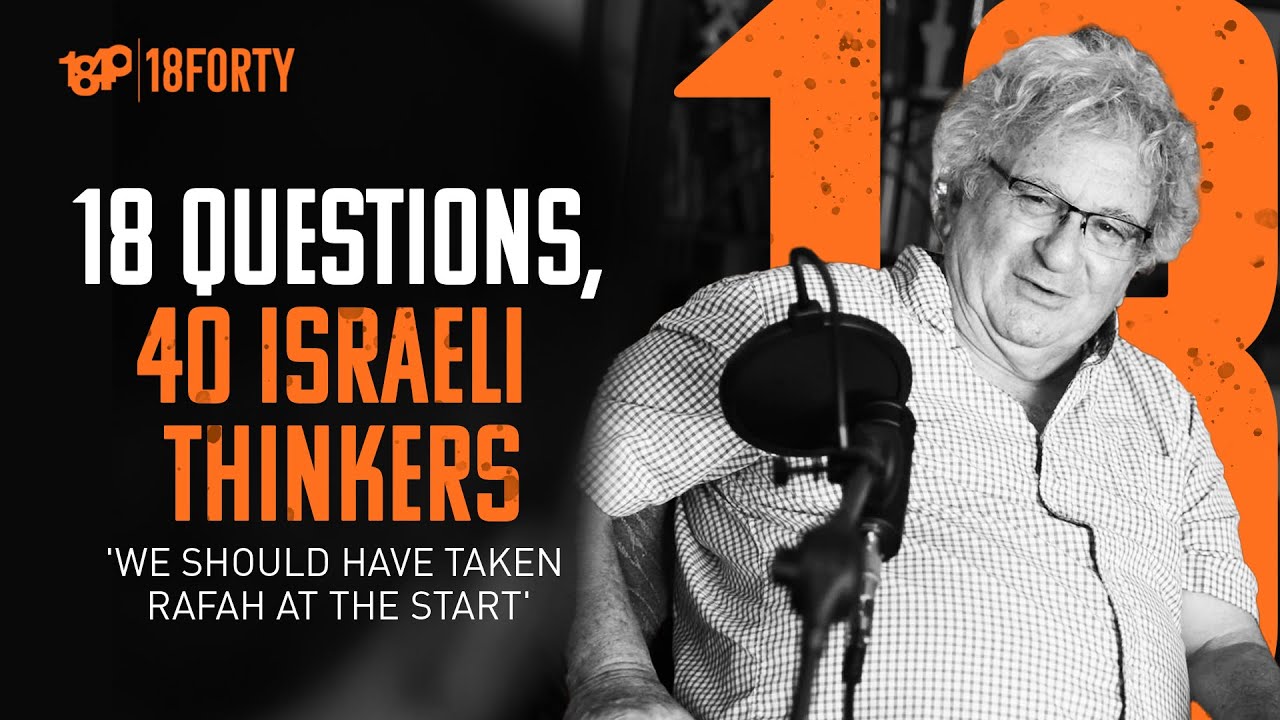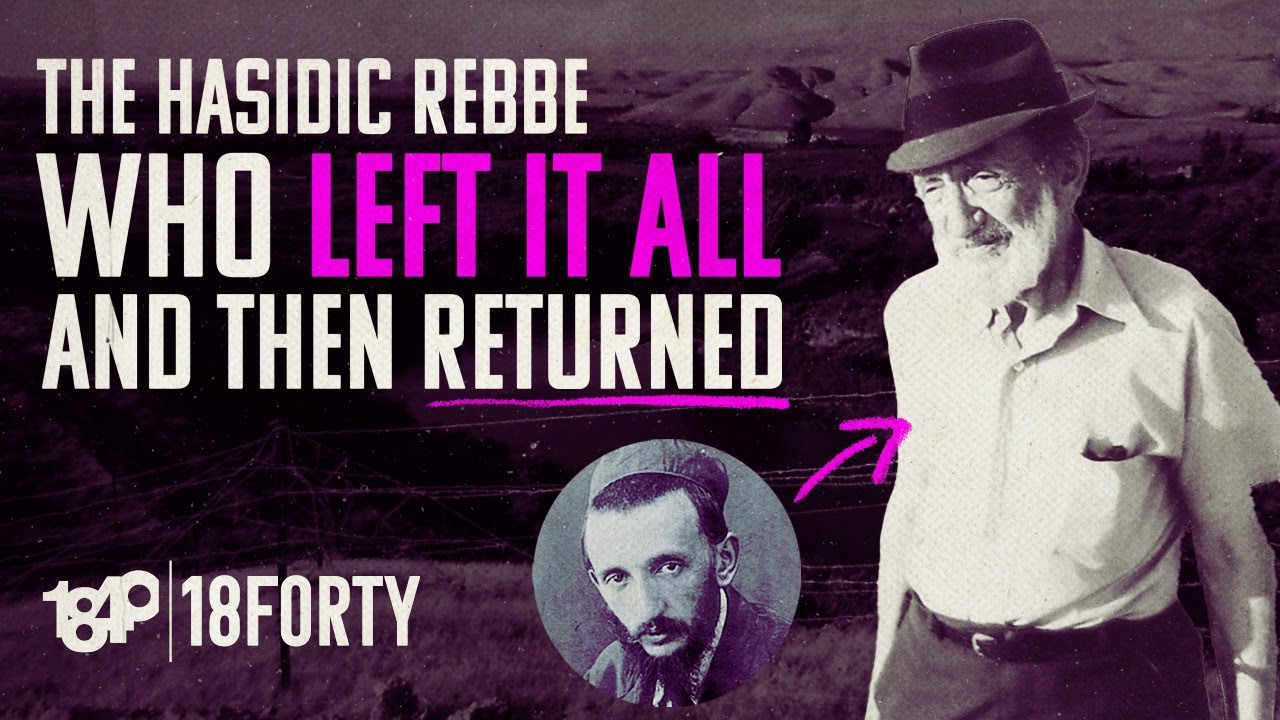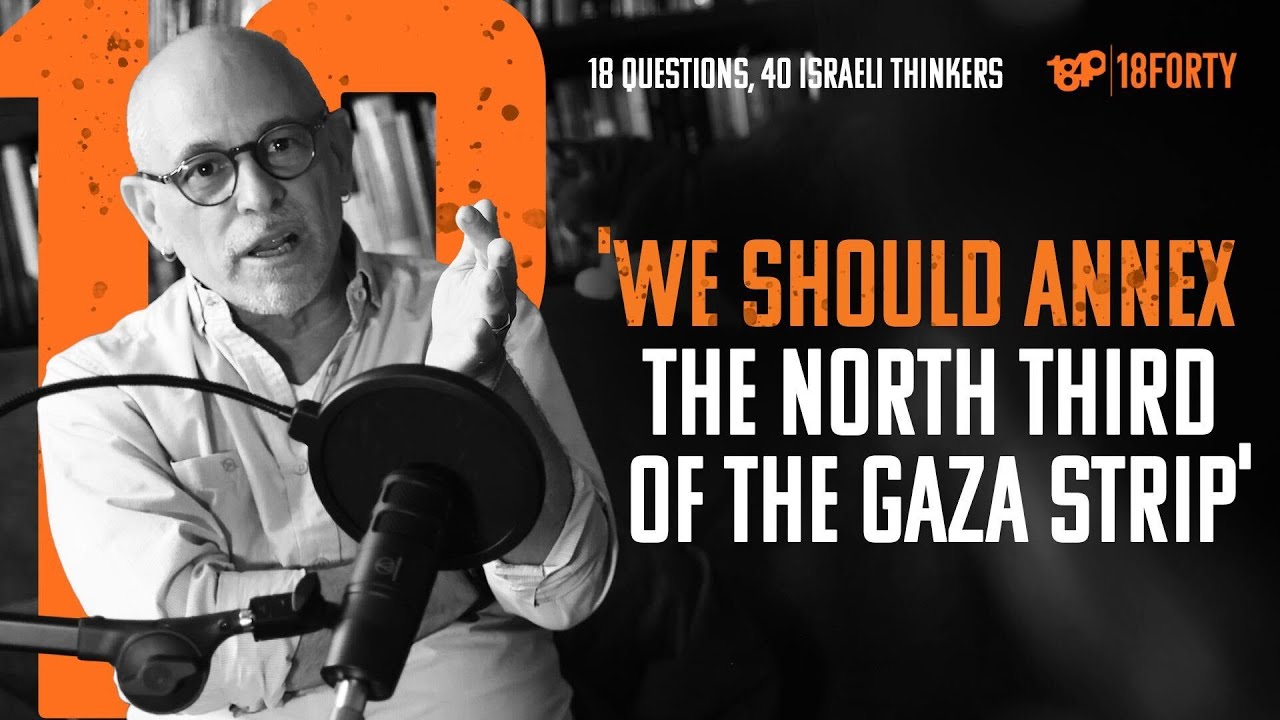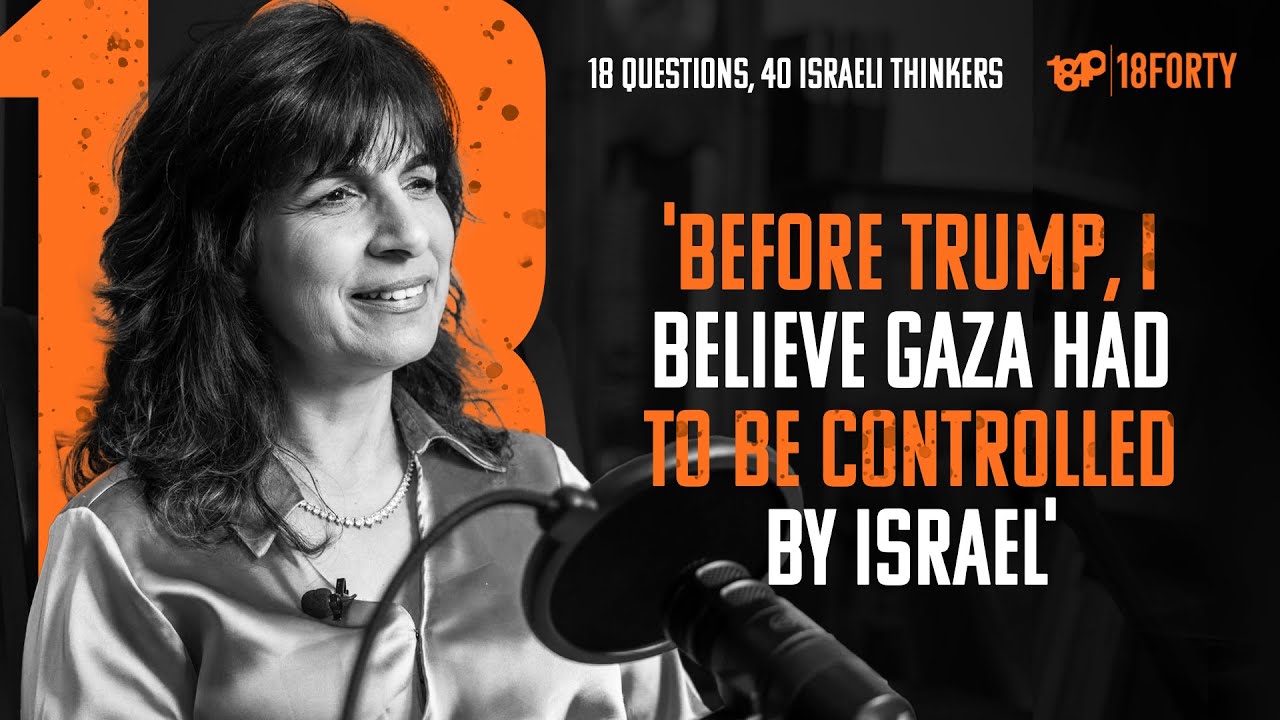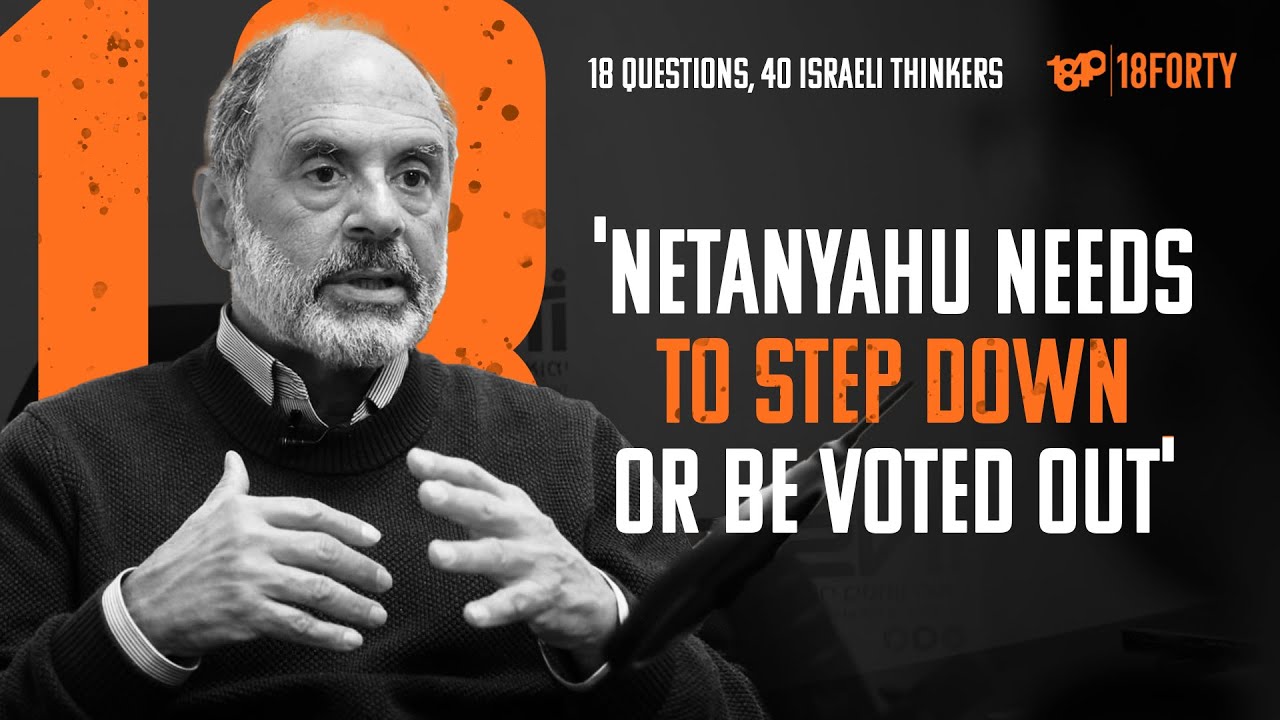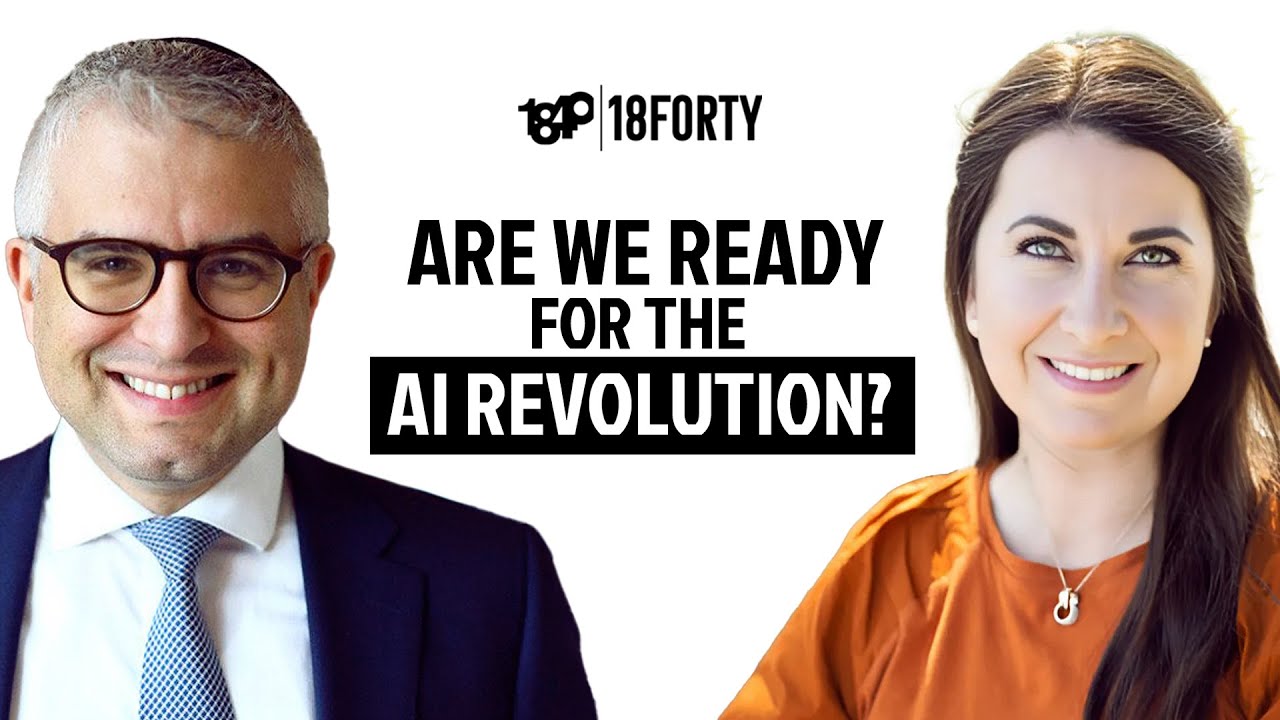I could probably tell my life story through the thoughts that have occupied my mind during Yamim Noraim davening. Every year on Yom Kippur, I afixed a little sticky note to the back cover of my machzor. On that note was a list I compiled of who and what I was praying for. I always began with a wider scope—people I knew, friends, family—and ended with something deeply personal to me. It wasn’t always so glamorous or lofty. I remember being mortified that I got braces so late in life (I was in tenth grade), so I prayed not to feel so embarrassed. Standardized tests used to give me incredible anxiety, so I likely prayed about the SATs. As a senior in high school, my hair started to turn white. This was genuinely traumatic for me. It occupied my prayers for many years until later being replaced with a focus on finding a spouse to ease my loneliness. Recently, I spend less and less time on the final part of the sticky note and pray for my children. But there is a common denominator to all my prayers—those heavy instinctual prayers that by their very utterance feel healing—and that is dealing with transitions. My son, just five years old, already knows that “transitions make me nervous.” It runs in the family connecting me to my parents and grandparents. And I think grappling with transitions and change stands at the heart of the teshuva experience and that might be why for so many it is so fraught with anxiety.
Teshuva for me feels like the ultimate transition. It is a change not in your professional life, not in your appearance, but, if done properly, in your very identity. And maybe because it is not marked by physical change, or a change in income or title, it feels more ephemeral—if the change you hoped to create in your life doesn’t last, then it was never really real. Some address this concern by grounding their inner change in some outward expression. Some might dress differently or begin talking differently. Like the interpretation of the Ramban to Shir HaShirim (2:7), ואם תעוררו את האהבה עד שתחפץ, do not arouse love until it pleases. Ramban interprets the word תחפץ, literally meaning pleasing, as to create something tangible (חפץ in Hebrew). Something must have a tangible output for it to be real. For a host of reasons, I never embraced this approach. I remember during my year studying in Israel one of my closest friends decided to grow peyus. In the back of my head I thought, shoot what happens if he doesn’t want them one day? Will he have to cut them and keep growing them back and cutting them again depending on his religious moods? My friend still has them and I, perhaps foolishly, allowed my concerns to overshadow any dramatic embrace of outward religious change.
I think, in many ways, my approach has not served me well. There is a stability that comes when you mark change with outward expressions. Even on a bad day, even when your inner religious life does not cohere with your outward expression, there is some baseline marker for your newfound commitments.
Around the time I studied in Israel, a song came out called “Flippin Out” by a band called Blue Fringe. For a brief moment it was all the rage. It had that angsty raspy voice typical of rock songs from that era. Rabbis in Israel yeshivos hated it for good reason. It’s a bit cynical (“So I break up with her, my life long friend, Kavod Habriyot is just pretend”) and more than that, it brought a self consciousness to an otherwise organic and intimate experience (“I’m flippin’ out, And my Rebbe’s shepping nachas; I’m flippin’ out But my parents will kick my tuchus”). As much as they tried to prevent it, I think the song had a profound effect on many people’s change process. People became more suspicious and cynical of dramatic changes, oftentimes to their own detriment. As Rav Tzadok notes, change by design often must begin with a drastic and serious commitment. Self-conscious cynicism for every minor change will stunt a person in place. On the other hand, religious change that doesn’t have a refractory period to process can also lead to self-alienation.
Instead, I try to remove my finger from my pulse and allow myself, for just a moment, to enjoy the simplicity of sincerity.
So how do I approach change? I think I was influenced by my love of comic books.
In 1992, DC Comics killed Superman. In a story that spanned several issues, Superman was finally killed off by a villain known as Doomsday. The issue, Superman no. 75, sold out all three million copies on the day of its release and the event received attention in all major news outlets. In addition to Batman, Wonder Woman, and other comic book heroes who lined up to mourn Superman, the ‘real’ world also collectively grieved. In a New York Times editorial, Frank Rich lamented how the Death of Superman portended the demise of “the all-American hero as he has been defined for much of the 20th century” (“Term Limit for the Man of Steel: Yes It’s Time For Him to Go,” New York Times, November 22, 1992). Leaving aside society’s transient grief for our “big blue boy scout,” the most enduring grief, which still lingers today, was that of the comic book industry as a whole.
Chuck Rozanski, the CEO of Mile-High Comics (one of the largest comic retailers) describes the persisting negative effect that the Death of Superman had on comic books as a whole:
Where things went wrong, however, is that this particular promotion seemed like a sure bet to those members of the general public who had come to believe all the hype during the early 1990’s about the investment value of comics. When these new comics consumers/investors tried to sell their copies of SUPERMAN #75 for a profit a few months later, however, and discovered that they could only recover their purchase price if they had a first printing, their bitter disillusionment did much to cause the comics investing bubble to begin bursting…
Mr. Rozanski’s words are equally applicable today. Even considering the growth of comic book movies and the surging popularity of comic fandom—as evident by the explosive attendance at Comic-Cons throughout the country—still the fact remains that the speculative bubble of comic book collecting, much like the “tulip mania” of the 17th century, has permanently been burst.
What was it about the Death of Superman that killed comic-book collecting? Why have nearly all comic books following that era failed to yield significant return in value? As famed comic writer, John Jackson Miller, explains, the Death of Superman storyline created an obsession with “the next big event,” which ultimately crippled the comic book industry:
But it was The Death of Superman, a storyline in DC Comics titles, that was the watershed. Promoted heavily by the publisher as a major news event, it evidently caught many networks on a slow news day. On Nov. 17, 1992, DC shipped between 2.5 million and 3 million copies of Superman #75. They vanished from stores, as the issue brought more new customers into comics stores than ever before … The few thousand retailers shared in what may well have been a $30 million day for the comics industry.
Understandably, perspective became difficult to come by.
Such gimmicks as signed-and-numbered comics, zero issues, comics with premiums, and comics with special-effect covers were introduced by publishers to meet this new demand for specialty items, the net effect really only being an increase in price that lingered long after the gimmicks were gone…
Speculators turned their attention to new products as quickly as they could hit… New companies hit the market with little information, and many were talked of by speculators as “the next big thing” even before they went to press. At least one price guide was found to be printing after-market prices on comic books that hadn’t even been published yet.
The transformation in the comic book industry resulting from the over-reliance on event-driven narrative, seems to be a transformation that has emerged in society as well.
I think about this moment a lot when I think about teshuva. People want to find a grand transformative narrative in their lives. But, as Agnes Callard once wrote, “what happens in the meanwhile is also life.” I spent so much of my life building up these anxiety inducing transitions, these Death of Superman narratives, when the real moments of personal growth and identity formation often happened in the moments in between.
When I was studying in Shaalvim, I had a small mussar chavrusa with my roommate, Etan Epstein. Rav Etan, was going through a transformation of his own—Ramaz educated, he now serves as a Rosh Kollel. But back then we didn’t know where we were headed. We were still just a year removed from 9/11 and I remember he shared a New York Times op-ed with me by Maureen Dowd entitled, “Mirror, Mirror of the Fall” I think about it a lot and quote it frequently. Lamenting how short lived our collective nationalistic changes were following 9/11, Dowd wrote:
Through many decades, Americans were on an odyssey of self-discovery. As a woman told a man at a party in a 1991 New Yorker cartoon, ”I don’t know anybody here but the hostess — and, of course, in a deeper sense, myself.” Since Sept. 11, our long voyage of personal awareness has only intensified. Every day, we check our image, looking for ways, big or small, that we might have changed. We ponder if the changes are good or bad. We puzzle over whether the president has metamorphosed. We palaver about how the country has been transformed… A Washington Post poll showed that most Americans felt the country had permanently changed, and that those changes were for the better. Respondents said they were more affected in the way they feel than in the way they live. Our obsession with how much we’ve changed simply shows how much we’ve stayed the same. We keep superimposing the epic narrative of a heroic transfiguration on a president who is doing fine without it. Boomers keep trying to draw the president into their navel-gazing — even though he has never been emblematic of his generation and has always regarded introspection as ”psychobabble.” …We’re casting about for an external statement about the effect of Sept. 11 on us when the truest response is silence. Anyone who’s truly changed doesn’t wonder if they’ve changed. By constantly checking our emotional temperature, we keep the endless self-hyphenated loop going — self-admiring, self-denigrating, self-regarding. The only real change would take place if we removed our fingers from our pulse.
As America’s never ending search for self-meaning became more and more wrapped up in the epic catastrophe our country faced, we lost perspective on how true valor and heroics emerge: slowly and quietly. Much like our momentary fascination with the death of indestructible Superman, our national focus seems to only awaken when we are faced with similar gracious adversity. Yet, as the fallout following Superman no. 75 should remind us, change dependent on extravaganza, no matter how sinister, will dissipate along with the headlines.
I still keep sticky notes in the back of my siddur. But they’ve changed as well. I try to focus more on others and less on hyping some dramatic change that “must” happen in my life. I spend more time thinking about the meanwhile moments. And especially as I spend more time on social media, I have begun to treasure just a few moments of sincere religious reflection that can remain decidedly my own, never to be disclosed. I am less focused on major transitions, or couching my own struggles in some epic. I am no longer as obsessed as I once was with how much I’ve changed or will change. Instead, I try to remove my finger from my pulse and allow myself, for just a moment, to enjoy the simplicity of sincerity. My approach to change itself has changed.
As I once wrote in the pages of Jewish Action:
Change occurs in many ways. Sometimes it is fast, sometimes it can be slow. Sometimes it is our present that holds us back. Sometimes it is our future. If we are ever to apprehend the changes we want, the first thing we may need to change is our collective conceptions of change itself.




